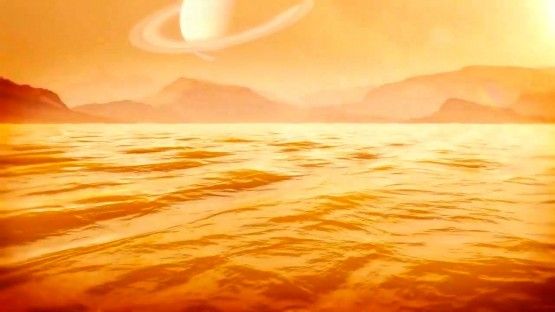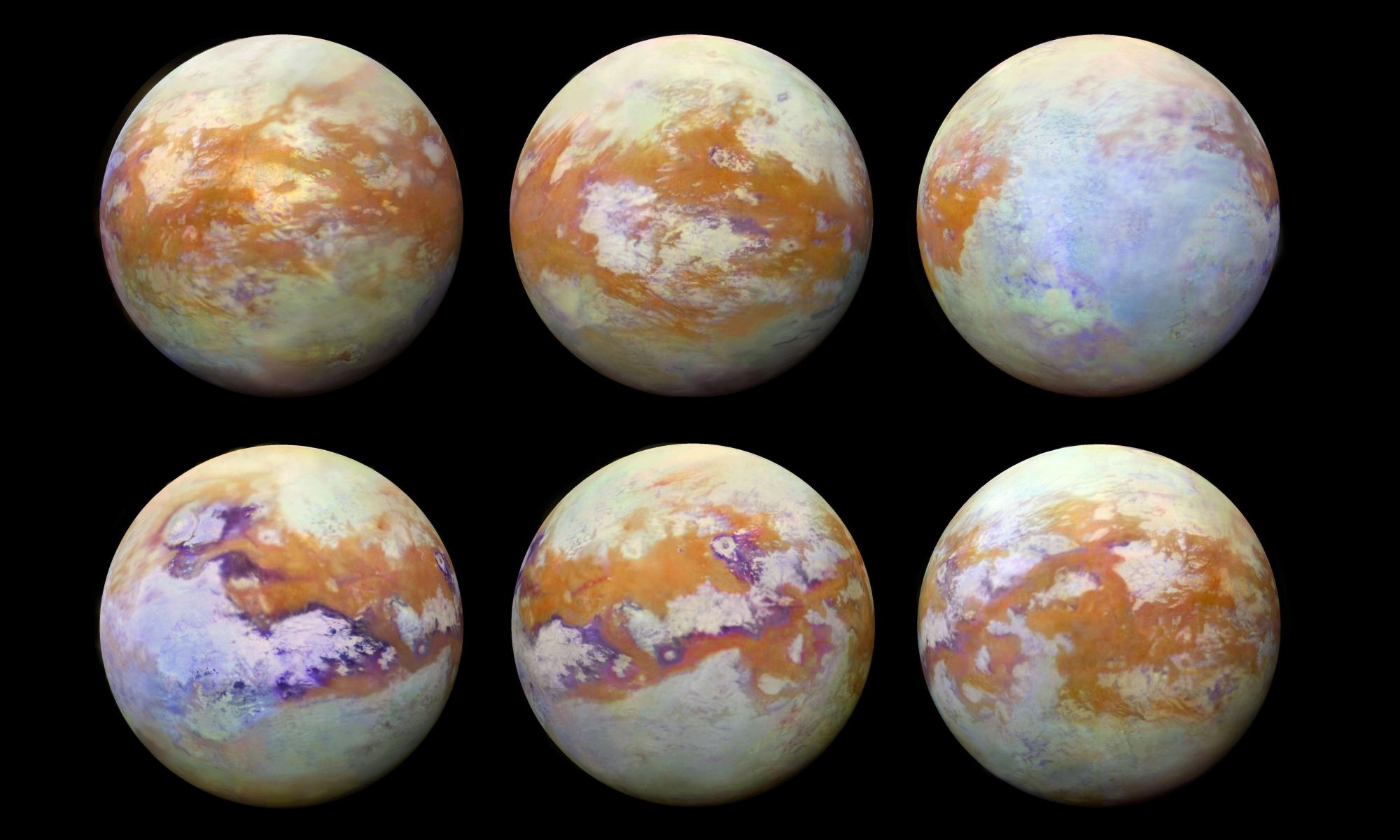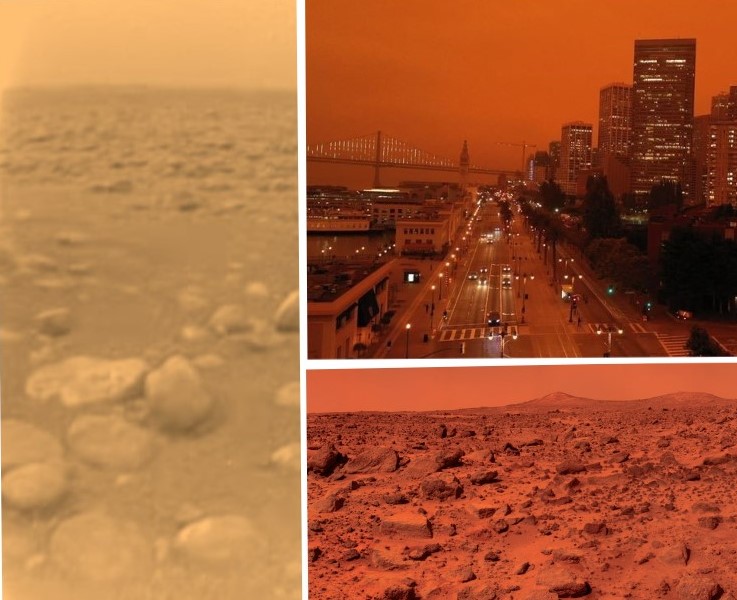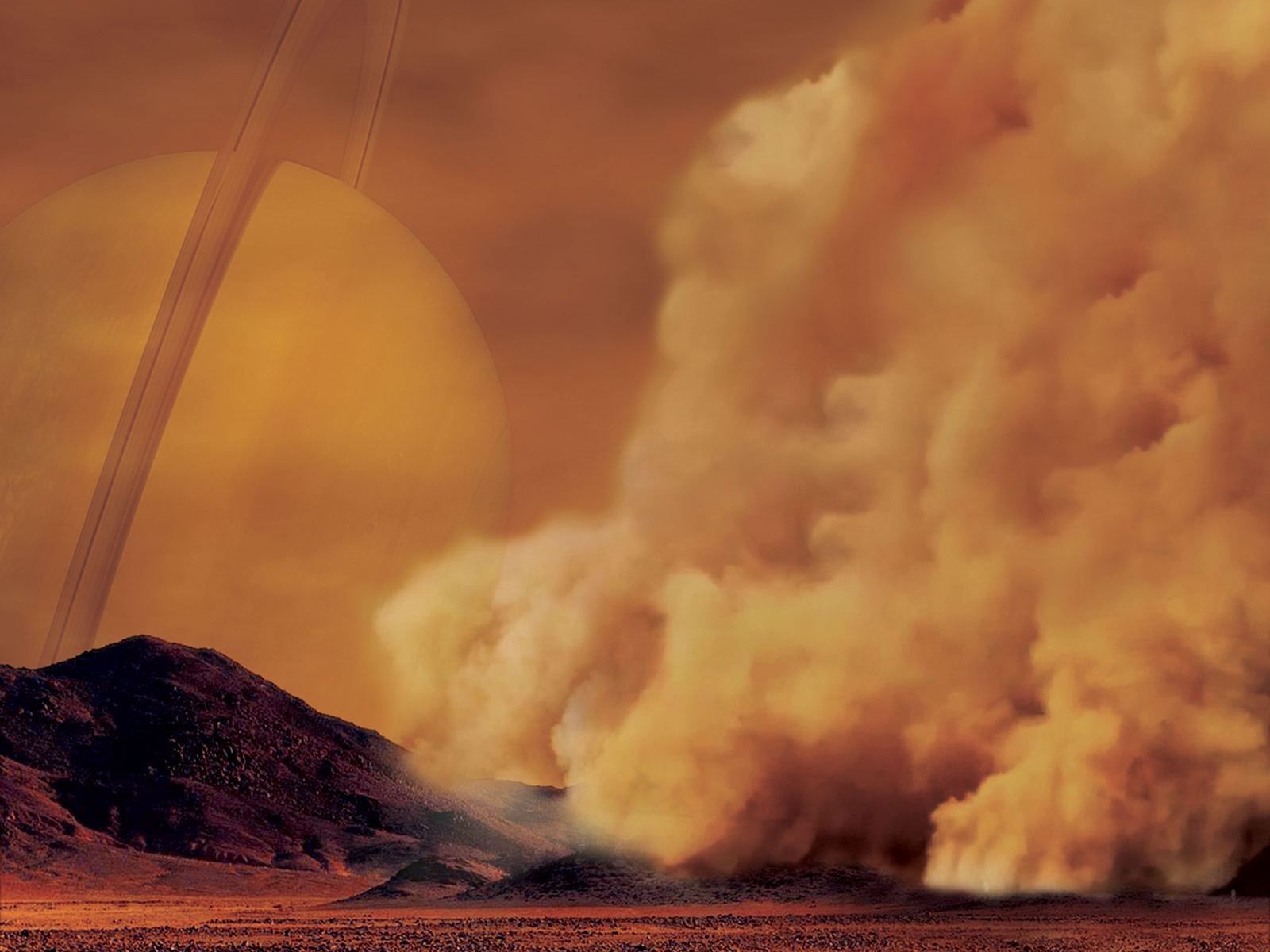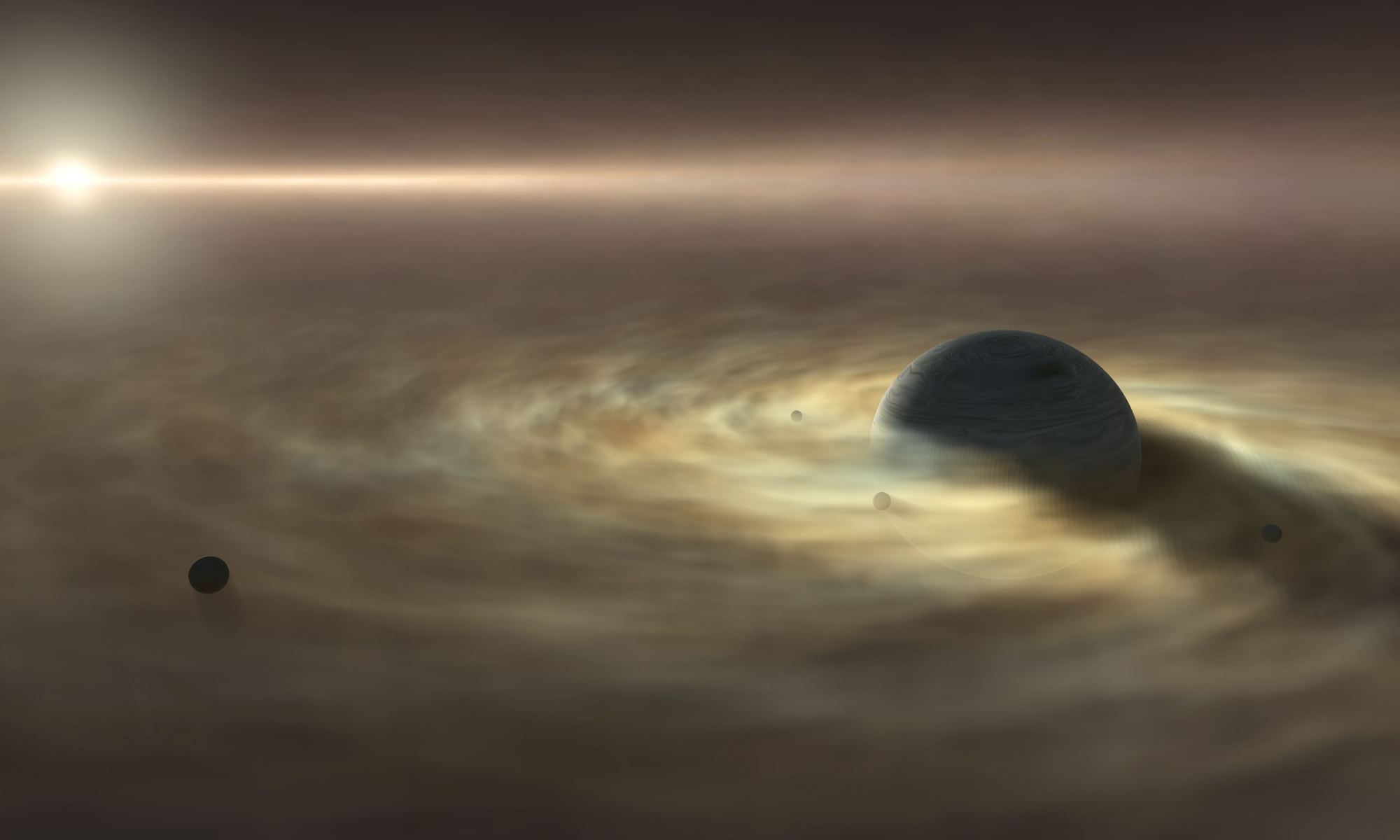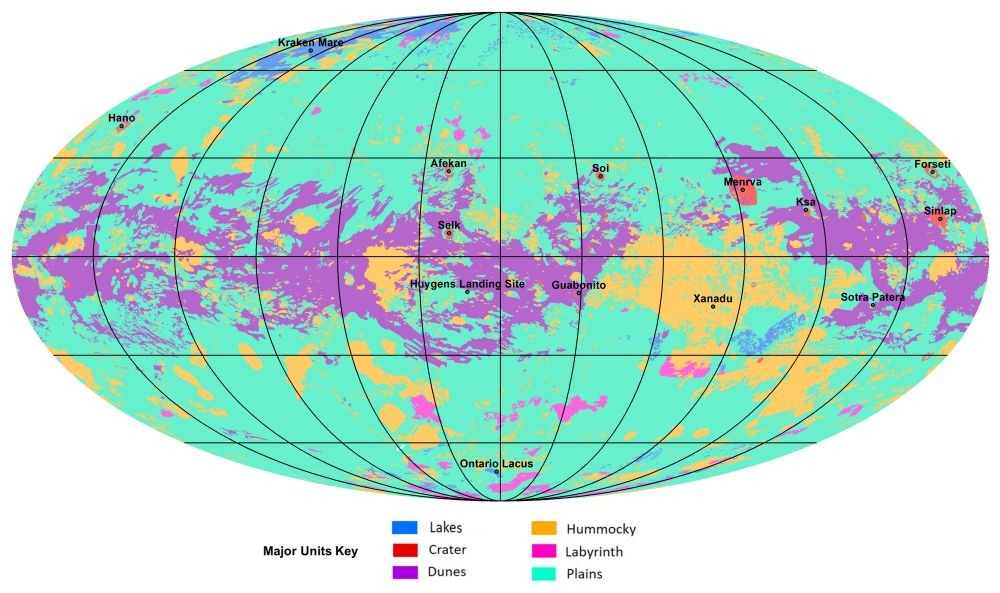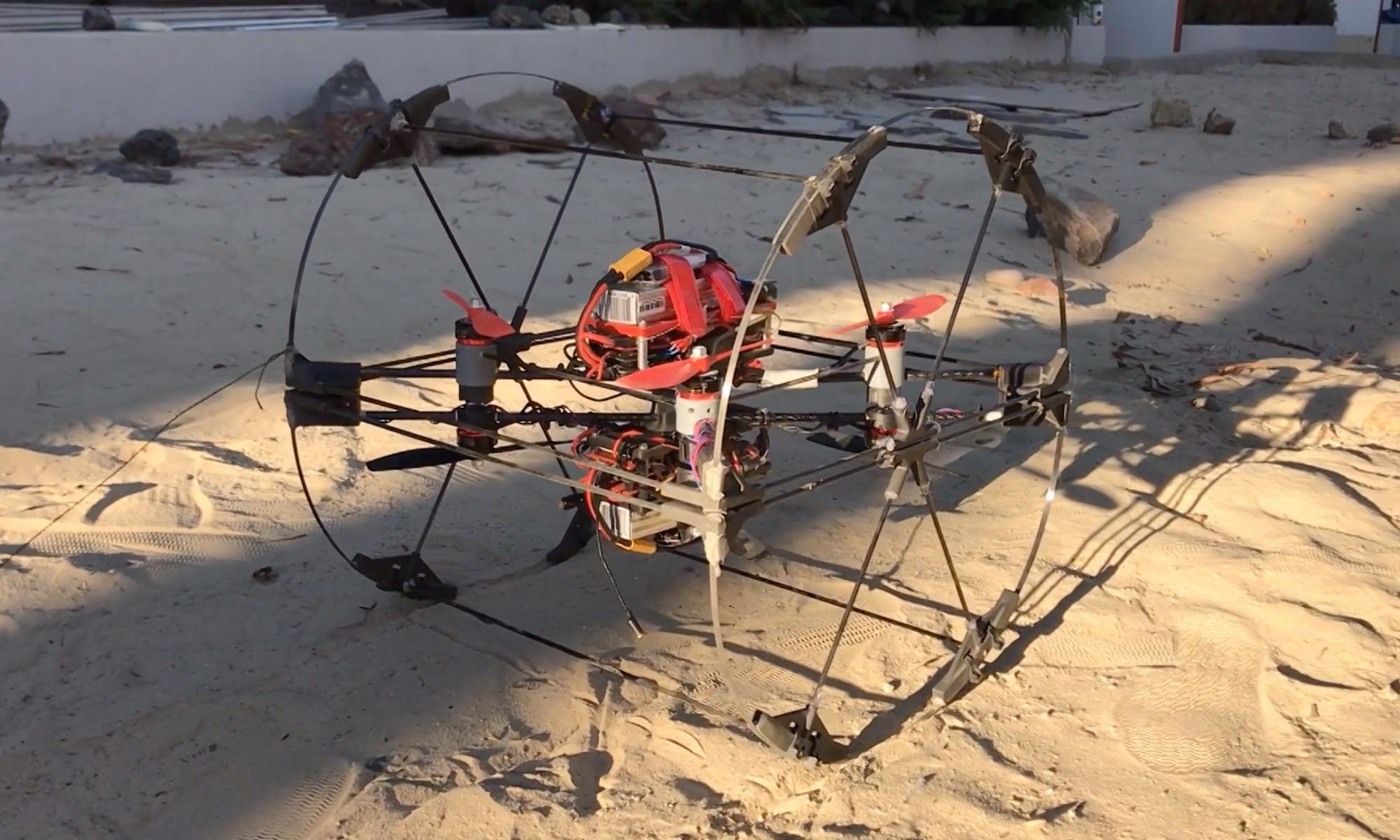The Earth’s oceans are notoriously unexplored, and stand as a monument to the difficult of exploring underwater. But they aren’t the only unexplored seas in the solar system. Titan’s vast collection of liquid methane lakes are another challenge facing future solar system explorers.
A submarine mission to Saturn’s largest moon has long been under discussion. More recently, scientists have discovered that if such a mission was ever launched, it would have plenty of room to operate, because Titan’s largest sea is likely more than 300 m (1000 ft) deep.
Continue reading “The Largest Sea On Titan Could Be Over 300 Meters Deep”
